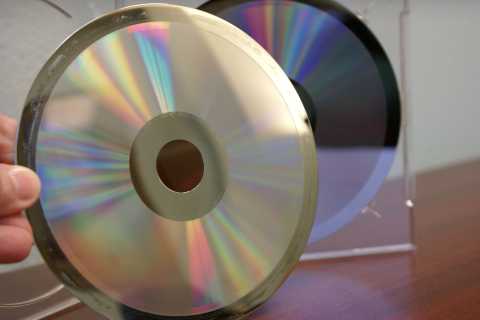In the past few months, we've had several requests for masters to be sent over the internet to the manufacturing plant. DDP is the perfect format for this. Many plants will give you FTP information to send the DDP master to their facility or a login to a webpage that you can upload the file. I like this trend and recommend this for clients that have chosen replicators that accept DDP masters.
We just pressed our first CDs that feature a QR code on the packaging. When the artist, songwriter Tonya Tyner, handed in her artwork, I didn't even know what the black and white square on the back of the digipak was. Now it seems like I am seeing them everywhere. When she told me that it was readable by smart phones and that you could have it link to a variety of functions, I thought it sounded like a great idea.
The process of manufacturing a CD where discs are created through injection molding polycarbonate plastic. These 'green discs' are then aluminum plated and another 'top coat' of plastic is applied for the label. Generally, a batch of one thousand discs is the smallest quantity that a replication plant can cost-effectively offer. This process yields a very high-quality, professional product, and is not to be confused with duplication which is of lesser quality.
A glass master is made at the replication plant in a specialized clean room, not at the mastering studio. A glass disc, 240mm in diameter and 6mm thick, is used as a substrate to 'etch' the image of the digital data as pits and lands that will ultimately be the ones and zeroes that the CD player will read as audio information. Some audiophiles insist on real-time (1x) creation of a glass master for highest audio quality.

